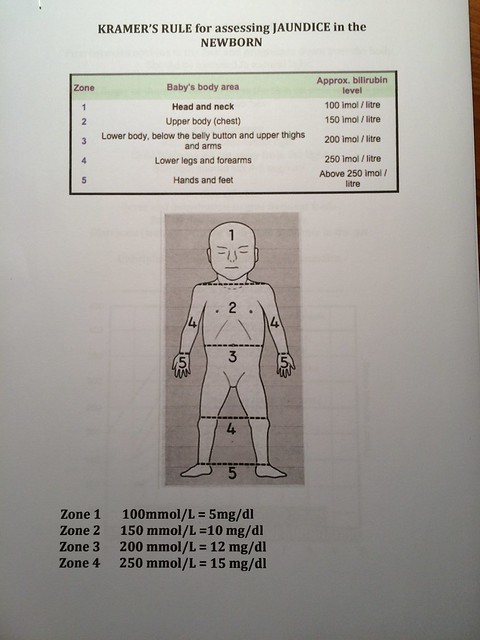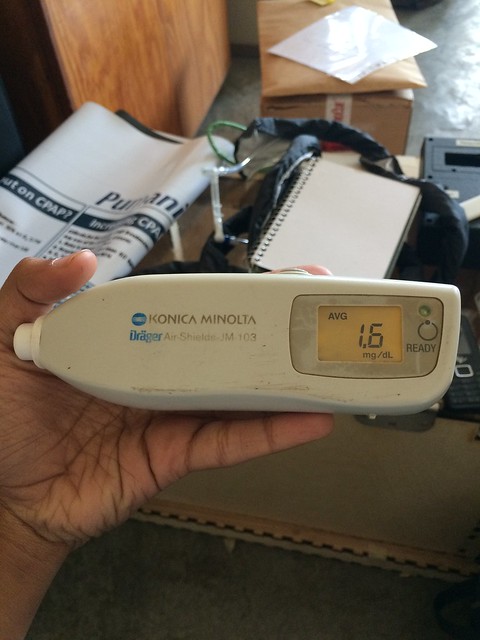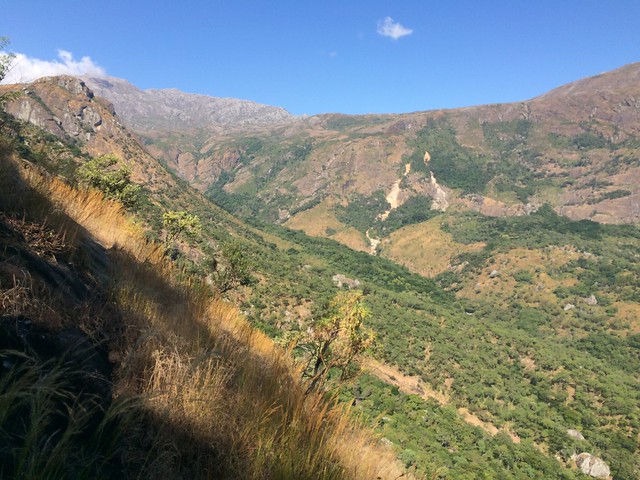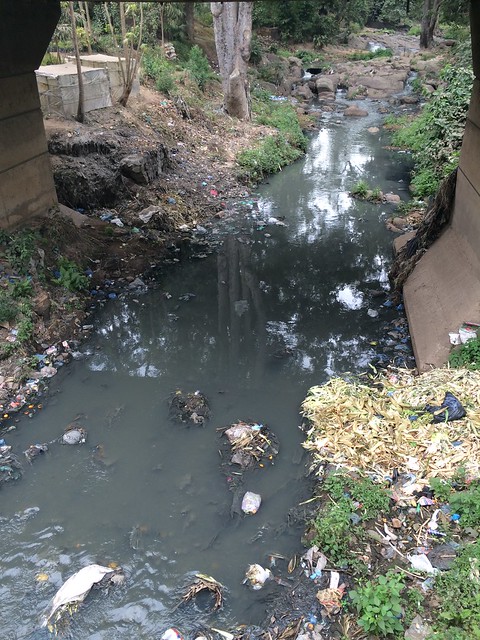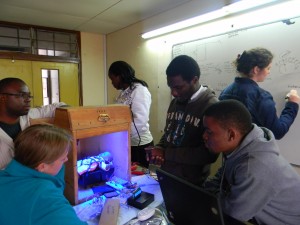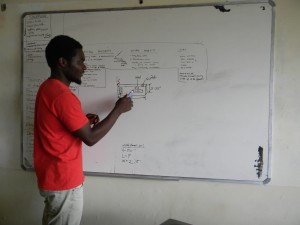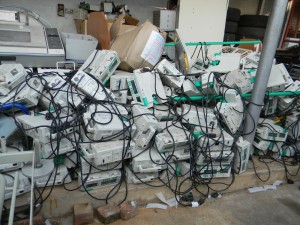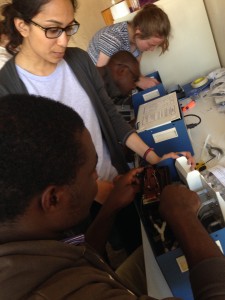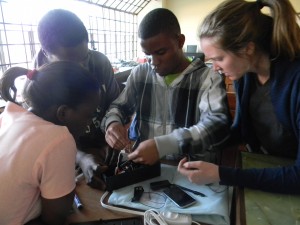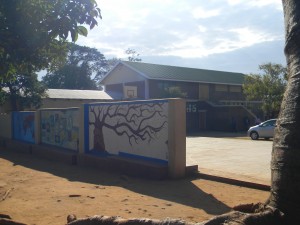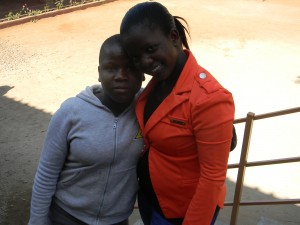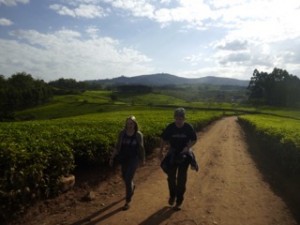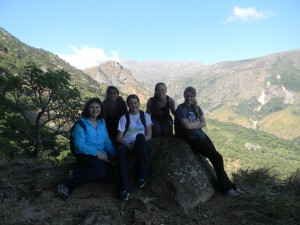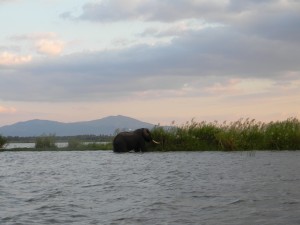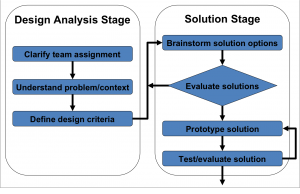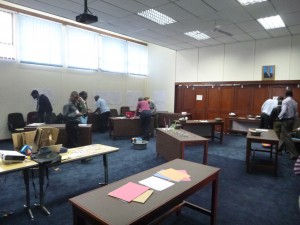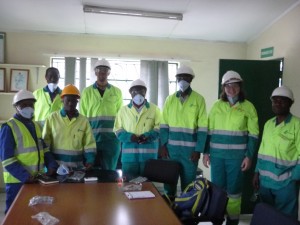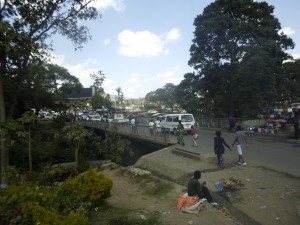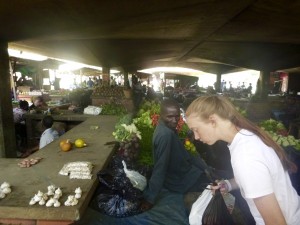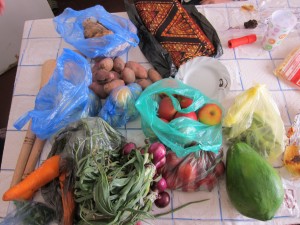So let’s say you’re reading this blog. Let’s say that you’re maybe even enjoying it. OK, maybe not MY blog specifically- this one person’s opinion based on a singular experience working on technologies for global health. But perhaps more realistically, let’s say that the topic of one of my posts tickles your fancy. You want to learn more about development and healthcare and Malawi. Now what?
Well, when curiosity strikes, my recommendation is almost always to go read a book, and this is certainly no exception! I tend to devour books on development and healthcare in low resource settings, and public health. Before I left, I got a little… inspired. Okay, so I went a bit crazy on the books. But that’s to your benefit now, because I am armed to the teeth with suggestions. The following are all titles that I’ve read during my evenings and plane rides here in Malawi. So look no further! Here’s my suggestion list for anyone who wants to learn more about Africa (especially Malawi), global health, and/or epidemiology:
Poor Economics by Abhijit Banerjee and Ester Duflo
Poor Economics is probably my favorite book that I’ve gotten the chance to read here in Malawi. It causes us to radically rethink several of the most common development tropes, such as microfinance and free provision of public health infrastructure like malaria nets. It also allows us to consider decisions that the poor make from their own perspective- actually taking the time to ask people why they are or are not willing to make changes to their lives, even if in the long haul, those changes will be beneficial. The section on nutrition I found particularly interesting- it turns out that once people move out of abject poverty, they don’t actually use it to buy more foods that are healthier or the most calorically dense (the most bang for their buck, as it were). Instead, people move towards more expensive, better tasting calories: things that make them happier! Although this very much a research book, it has a sharp personal slant. Banerjee and Duflo remind us that this nameless group we call ‘the poor’ are individuals with goals and thoughts and personalities. They remind us that although people’s decisions may appear backward from the outside, they have a logical grounding in helping people achieve their dreams.
The Boy Who Harnessed the Wind by William Kamkwamba
William Kamkwamba gained fame as the self-taught Malawian inventor who built a windmill to power his family farm. He has a great TED talk that you can watch here:
http://www.ted.com/talks/william_kamkwamba_how_i_harnessed_the_wind?language=en. But if that wasn’t enough to blow you away, his book is enthralling. Threaded with his trademark humility, Kamkwamba also gives insight into everyday Malawian life. This is where I learned that “bo” and “sharp” are casual greetings for friends or children. This is where I first heard about the terrifying native dancers who harass people on the streets and are rumored to steal children- and then a painted troop of them was in Namitando last weekend. It also gives perspective on the power of agriculture in dictating people’s futures: in Kamkwamba’s telling, a famine had power to not only push their family near starvation, but prevent William from attending school and tear apart the village’s society at the seams. This is a quick read, an uplifting story, and a great perspective into life in rural Malawi.
The Bright Continent by Dayo Olopade
This book is for the optimists. The basic premise is that we hear so much about outsiders coming in to ‘fix’ Africa; however, Africans aren’t just sitting around waiting to be rescued by foreigners. Olopade examines innovations that are occurring both through formal programs and the informal economy within Africa. It celebrates the leaders within education, healthcare, technology, and youth development. It also celebrates “kanju”, a sort of defiant libertarian spirit of innovation that can be found among average people anywhere on the African continent. I’d say that you should pick up The Bright Continent if you want to change the record- if you’re tired of the same old same dog and pony show, and you want a new perspective on true forward momentum in Africa.
HIV/AIDS in Africa: Beyond Epidemiology ed. by Ezkiel Kalipeni, Susan Craddock, Joseph R. Oppong, and Jayati Gosch
So this is an anthology that examines pretty much exactly what the title would lead you to believe. Each chapter explores a different facet of the complex relationships between culture and the HIV virus. Even if you’re not into the idea of reading the entire book, you can easily glean some valuable takeaways from a chapter or two. First, many of the chapters are regionally specific, which serves as a great reminder of Africa’s cultural and historical heterogeneity. What’s especially great is that they have an entire chapter on how various definitions of ‘traditional values’ in Malawi have influenced the virus’ progression. This is also a book that isn’t afraid to speak about historical and political shortcomings, from colonialism to government denial of the AIDs crisis in the 1980s. Woven throughout are stories of local customs, traditional health practices, and tribal affiliations that cross the continent in defiance of national borders. This book is for you if you’re interested in discovering how truly complex healthcare in African nations can be.
The Hot Zone by Richard Preston
One of the things that surprised me the most about flying into Malawi was the presence of thermal imaging technology and Ebola warning posters, both in South Africa and in Lilongwe. Why would they have such stringent security towards the end of an epidemic in a region where cases hadn’t been reported?!?
After reading the Hot Zone, I understood why. In detailing the events of an outbreak of Marburg (a close cousin of the Ebola virus wreaking havoc in western Africa), Preston gets fairly graphic. By the middle of the book, you have a decent understanding of how the virus spread, an idea of governmental efforts to contain it, and a strong sense that you should never ever mess around with this virus.
The great thing about the Hot Zone is that although the events are true- and provide keen perspective on intersections between epidemiology and government policy- it reads like a novel. The scenario is like a train wreck, and you can’t hope to look away until you find out how the outbreak is suppressed. If you’re interested in epidemiology, but just want to get your toes wet, this is your book. If you don’t know that much about the current Ebola crisis, this may be a good way to get started. And if you would like to learn how health in developing nations could influence the world at home, you will probably enjoy the Hot Zone.
Development as Freedom by Amartya Sen
Amartya Sen‘s work is quite cerebral (he DID win the Nobel Prize in Economics), but worth a look if you are willing to dive in. He takes what often seems like the sterile aloofness of economic policy and turns it on its head, defining international development in terms of the humanizing and logical idea of enhancing people’s freedoms. His main thesis is that improving individual freedoms is both the end goal and a major tool of development. On one hand, it encourages critical thought about development- a topic that all too often has its flaws glossed over in the name of ‘doing good’. On the other hand, it’s quite empowering, especially for people who have seen or heard of the many ways in which development efforts can fail. Sen tells us that improving the lives of the world’s disadvantaged individuals can be accomplished, as long as we are setting our sights on the correct goals.
Pediatric Infectious Diseases by Samir S. Shah
This is the kind of book that made me feel woefully inadequate while reading it, but it seems to have potential as a primer for the basics of infectious disease management in children. It’s arranged by system, giving a good opportunity to move through potential causes of illness systematically. It gives an overview of epidemiology, symptoms, treatment, and common co-morbidities and complications. Many diseases share symptoms, making it challenging to recognize the correct ailment. However, as the warnings peppered throughout the chapters indicate, failure can have devastating consequences, as children prove most vulnerable to illnesses that might hardly faze an adult. Just thumbing through it can be enough to give an idea of how challenging the treatment of infectious diseases can be in children. It also encourages our pursuit of pediatric medical technologies focused on diagnosis (such as the respiratory rate timer) and treatment (such as the bCPAP heater), as making a positive impact for these most vulnerable patients could prove to have tremendous payouts in terms of reducing mortality.
Honorable Mention: Twelve Diseases That Changed Our World by Irwin W. Sherman
This one has been relegated to a separate category because I didn’t read it in Malawi, and it seemed like adding it to the list would be cheating. However, this is an incredible work that makes epidemiology accessible to the masses. Exploring everything from hemophilia to cholera, the book takes you through how various epidemics have influenced history and modern events. Although the entire book is a great read, the chapters on cholera, malaria, TB, and HIV/AIDs are particularly important to modern Sub-Saharan Africa. Malaria and HIV especially a large number of patients at St. Gabriel’s each day, and coming to understand these maladies better can only contribute to an increased ability to combat them. I think this is a good option for people who are interested in the social and political context for global health; it definitely keeps the big picture in mind, while also giving a decent overview of the science behind the illnesses.
Honorable Mention: Being Mortal by Atul Gawande
Again, this book has only been demoted because I didn’t read it in Malawi. If you’ve never read Atul Gawande, I kindly suggest that you start. Immediately.
Being Mortal is particularly relevant to the work that we’ve been doing with the palliative care ward at the hospital. Although Gawande’s work doesn’t focus on global health settings, it provides perspective that transcends location. He explores the big questions of how we approach death with dignity in a way that is tremendously personal and deeply moving. You don’t have to be a medical professional for this book to move and inspire you to understand the importance of the ‘unsexy’ practice of palliative care.
Hopefully I’ve given you enough information so that if any topic on my blog has peaked your interest, you have a bit of an idea how to learn more. I promise that I’m not quite boring enough to have spent my ENTIRE summer reading books on medicine and development. That being said, if you want confirmation that there are some of Stephen King’s books that won’t give you nightmares, need to hear a rant on the ending of House of Mirth, or want to meet the last person on Earth to finally read Tina Fey’s autobiography, I’m your gal.
Note: As always, I welcome your additions to this list. If you’ve read an interesting and relevant book, feel free to shoot me an email; I’d love to hear more about it!
